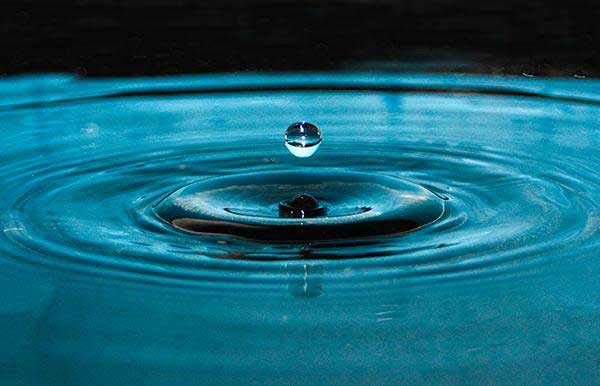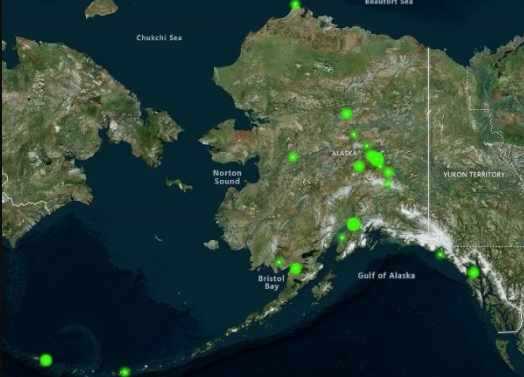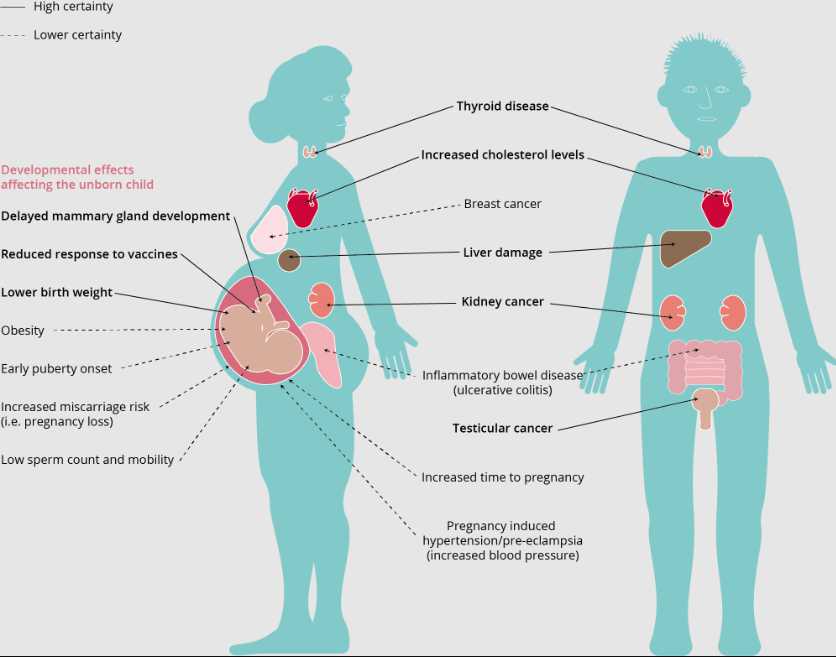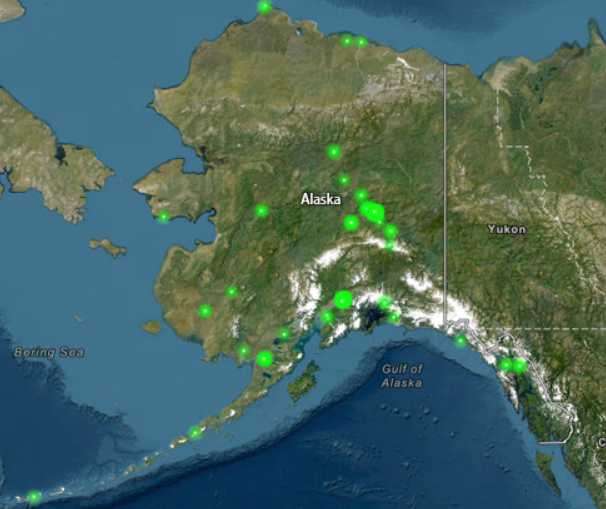
ANCHORAGE, AK – Senate Bill (SB) 67 was passed into law on the morning of July 22, phasing out the use of PFAS-containing firefighting foams in Alaska. Since the governor did not sign or veto the bill within the given 22-day period, the bill was automatically
passed into law without the governor’s signature.
We express our gratitude to Senator Jesse Kiehl for his sponsorship of the bill and his commitment to protecting the health of Alaskans. We also thank all the co-sponsors of SB 67 and Committee Chairs who held hearings and guided the bill toward passage in
the legislature.
Aqueous film forming foam (AFFF) is a type of firefighting foam containing per- and polyfluoroalkyl substances (PFAS) that are used on fuel and chemical fires primarily on military bases and airports. PFAS are a class of more than 12,000 chemicals used in consumer
products, industrial applications, and industrial firefighting foams. Exposures to even small levels of PFAS are linked to adverse health outcomes, including liver and kidney damage, reproductive and developmental harm, immune system impairment, and certain
cancers.
Most of the PFAS contamination found in Alaskans’ drinking water is due to the dispersive use of PFAS-based industrial firefighting foams in airports and military bases. A ban on AFFF and a disposal program will take effect beginning January 1.
“We have worked for more than six years to pass this legislation with strong support from affected communities throughout Alaska, firefighters, and health professionals,” said Pamela Miller, Executive Director of Alaska Community Action on Toxics. “We commend
Senator Kiehl, co-sponsors, and the overwhelming bi-partisan support in the Legislature for the bill. It is an important step toward protecting the health of Alaskans from the harm caused by these dangerous chemicals.”
ACAT and community leaders will continue to organize to achieve comprehensive legislation on PFAS to protect Alaska water and health. Additional policies should be passed to establish enforceable drinking water standards for PFAS as a class, to phase out all
non-essential uses of PFAS, and to provide alternate drinking water sources and medical monitoring for affected communities.
###[content id=”79272″]






